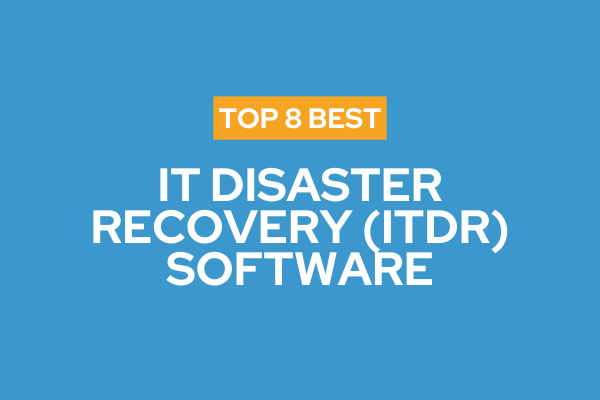
Top 8 IT Disaster Recovery (ITDR) Software
Explore the top 8 ITDR software solutions that automate recovery, minimise downtime, improve compliance, and enhance business resilience.
Published on October 22, 2025
Last updated on November 27, 2025
No organisation is immune to disruption. From cyberattacks and natural disasters to operational outages and security breaches, critical events can halt business continuity and damage reputation in minutes. Responding swiftly and effectively is therefore not optional — it’s essential.
Critical Event Management (CEM) software helps organisations detect, assess, and respond to such events in real time. It combines automated communication, situational awareness, and incident management tools in one centralised platform. With modern CEM systems, teams can coordinate across departments, ensure safety, and protect assets faster and more accurately than ever.
In this article, we explore what critical event management software is, the features you should prioritise, and the top platforms to consider in 2025.
Critical Event Management (CEM) software is a centralised solution designed to help organisations identify, monitor, and respond to disruptive events that could impact people, assets, or operations. It combines real-time threat intelligence, mass communication tools, and automated workflows to streamline response efforts.
The goal of CEM software is to minimise the time between event detection and resolution. It allows teams to monitor global threats, assess potential impact, and automatically trigger communication or action plans. For organisations operating in multiple regions or under regulatory obligations, CEM platforms ensure consistent, compliant, and coordinated responses.
Choosing the right CEM tool means understanding which features are fundamental to an effective response strategy. Here are the essential ones.
Provides instant visibility into incidents such as weather alerts, cyber threats, or geopolitical risks. Enables proactive action before the event escalates.
Allows pre-built workflows and rules to trigger notifications, escalations, and task assignments automatically, reducing manual coordination.
Ensures rapid, multi-channel communication (SMS, email, voice, push notifications) to employees, responders, and stakeholders.
Uses GPS and geofencing to identify who or what might be affected by a specific event, enabling targeted alerts and support.
Centralises all event data, displaying incident progress, resource allocation, and outcomes to support decision-making and post-incident analysis.
Seamlessly connects with HR, ITSM, or ERP systems for automated data flow and unified risk visibility across operations.
Records every communication and decision for post-event review, compliance reporting, and continuous improvement.
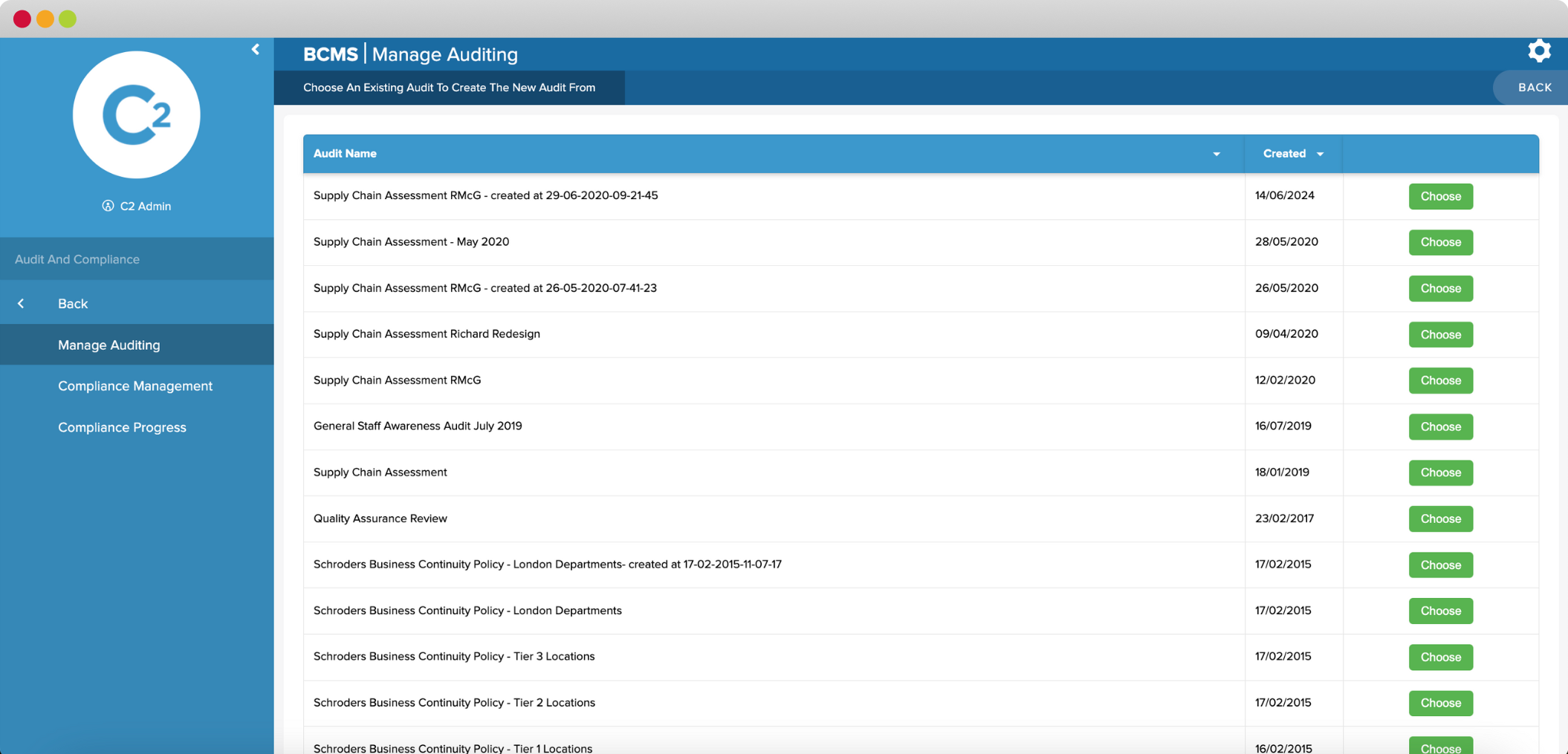
Continuity2’s Meridian platform provides an industry-leading suite of tools for critical event management, business continuity, and operational resilience. Designed for regulated and multi-site organisations, Meridian centralises all response processes into one system. It enables teams to automate alerts, assess impact, and execute response playbooks in real time.
Key Features:
Best for: Large or regulated enterprises seeking full integration between business continuity, risk, and critical event management.

Everbridge 360™ is one of the most recognised CEM platforms globally, providing multi-channel communication and situational intelligence. It helps organisations manage everything from employee safety to IT outages and natural disasters.
Key Features:
Best for: Enterprises with geographically dispersed operations needing robust global coverage.

AlertMedia offers an intuitive, two-way mass communication and threat intelligence solution. Its simplicity and speed make it suitable for mid-sized organisations aiming for reliable, real-time updates.
Key Features:
Best for: Mid-market organisations prioritising usability and fast deployment.
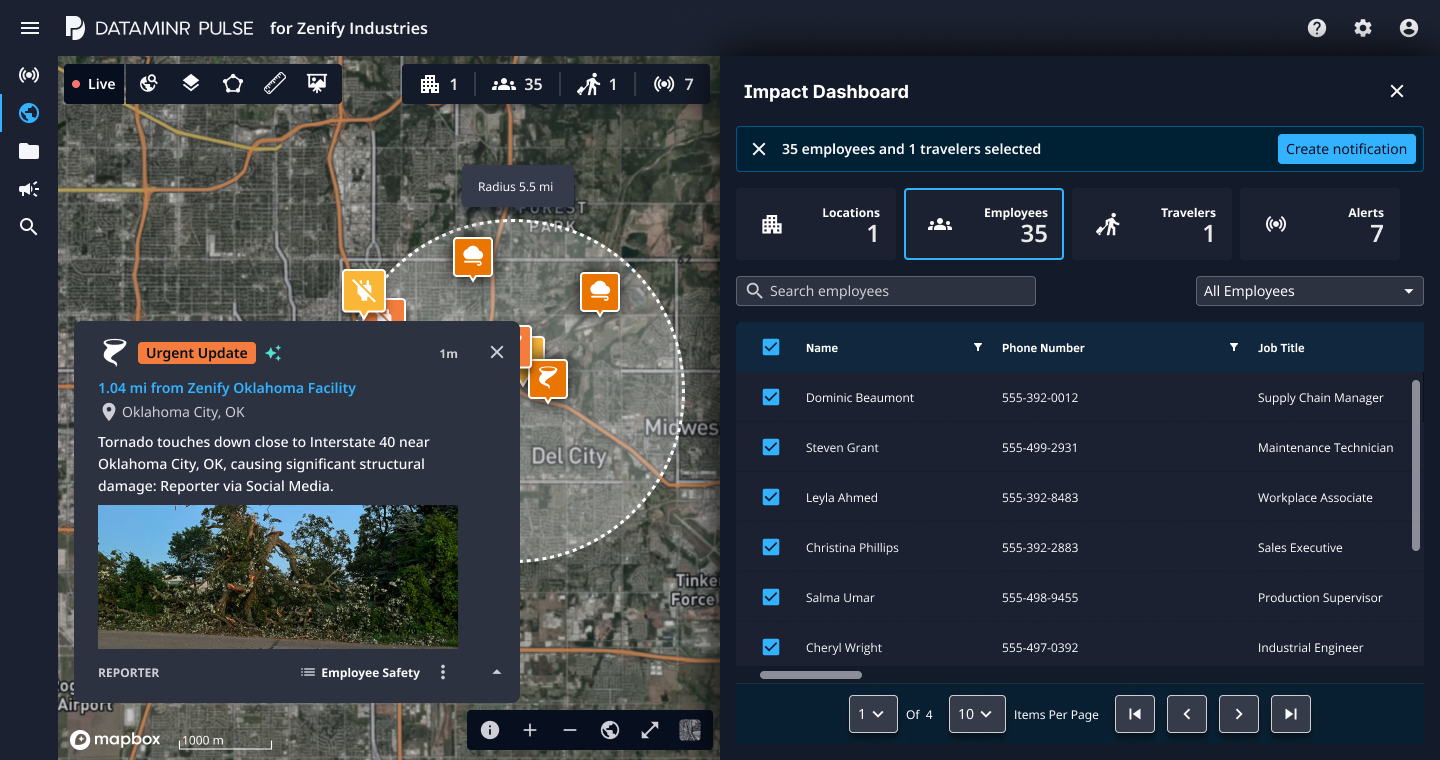
Dataminr Pulse leverages AI to detect high-impact events globally from public data streams. It alerts organisations about emerging risks before they appear in mainstream media.
Key Features:
Best for: Organisations requiring early-warning intelligence and proactive risk management.
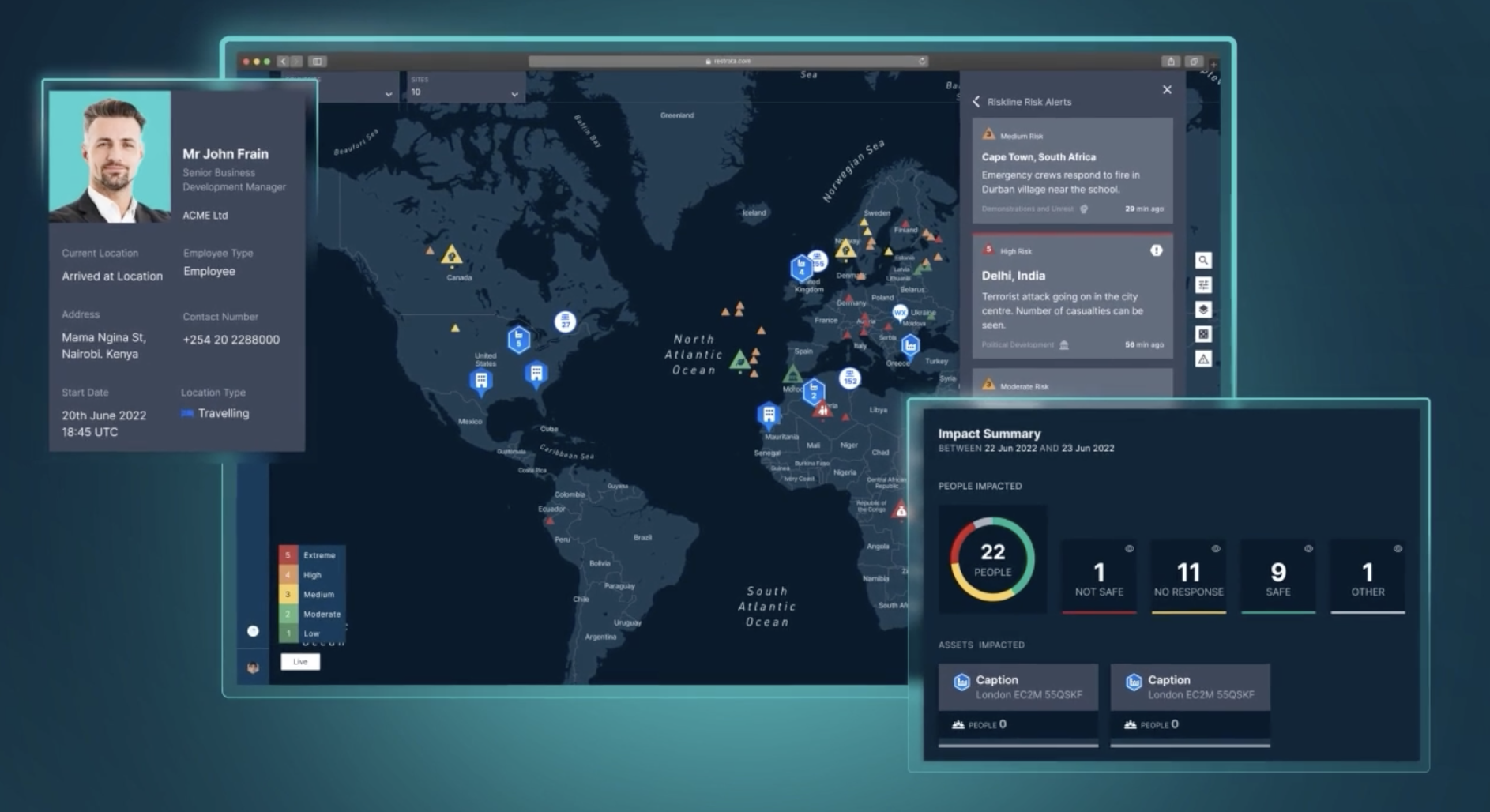
resilienceOS offers modular crisis management, communication, and resilience analytics capabilities. It enables organisations to prepare, respond, and recover efficiently across different incident types.
Key Features:
Best for: Public-sector bodies or enterprises seeking a configurable, training-focused CEM system.
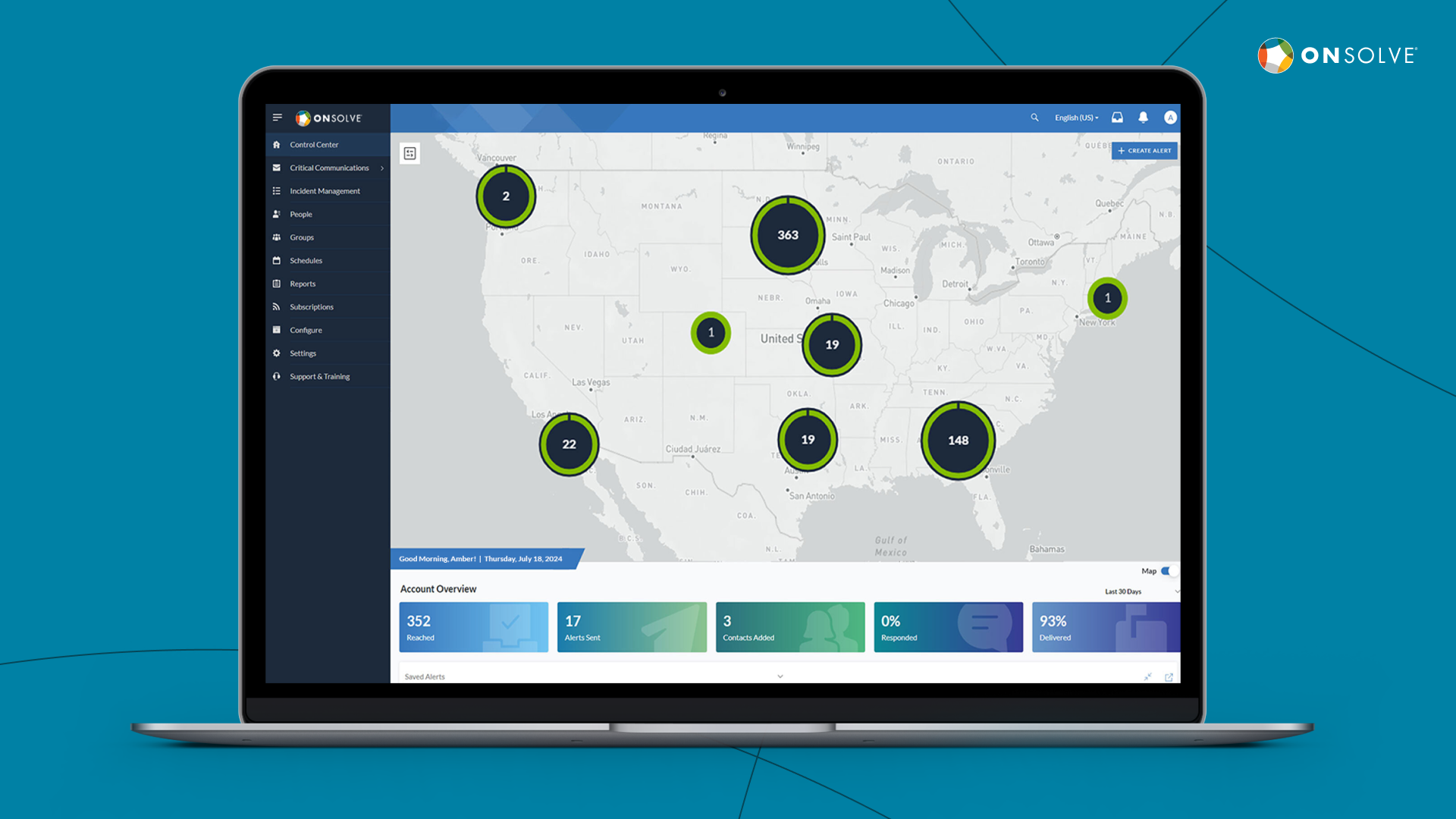
OnSolve combines AI-powered threat intelligence with critical communications and incident management. The platform is widely used for corporate security, crisis response, and operational resilience.
Key Features:
Best for: Global enterprises seeking predictive, analytics-driven CEM solutions.

Crises Control is a UK-based platform offering emergency notification and incident management tools. It focuses on ease of use and cost efficiency without compromising functionality.
Key Features:
Best for: SMEs and public organisations seeking reliable, easy-to-use CEM capabilities.
Modern CEM platforms transform how organisations detect, communicate, and act during crises—reducing impact while strengthening overall resilience.
Automating alerts and workflows significantly reduces the time to detect and act on critical events. This minimises downtime and operational disruption.
Location-based notifications and two-way communication help verify staff safety and direct them away from risk zones quickly.
Centralised dashboards provide real-time intelligence, allowing leadership to make informed decisions during high-pressure situations.
Every communication and action is logged, providing a complete audit trail for legal, regulatory, and internal review requirements.
By integrating risk, continuity, and event management, CEM software strengthens an organisation’s capacity to withstand and recover from disruption.
CEM software is no longer an optional investment — it’s a fundamental component of modern resilience planning. Whether your organisation operates locally or across multiple jurisdictions, these tools provide the structure and intelligence to act decisively during a crisis.
Continuity2’s Meridian BCMS platform combines automated workflows, dynamic impact analysis, and centralised communications to deliver a comprehensive, unified approach to critical event management and business continuity. It enables faster decision-making, reduces operational downtime, and enhances organisational resilience across every level of your business.
Book a Demo with Continuity2 to see how Meridian can strengthen your organisation’s resilience and simplify the way you manage critical events.
Founder & CEO at Continuity2
With over 30 years of experience as a Business Continuity and Resilience Practitioner, Richard knows the discipline like the back of his hand, and even helped standardise BS25999 and ISO 22301. Richard also specialises in the lean implementation of Business Continuity, IT Service Continuity and Security Management Systems for over 70 organisations worldwide.


Founder & CEO at Continuity2
With over 30 years of experience as a Business Continuity and Resilience Practitioner, Richard knows the discipline like the back of his hand, and even helped standardise BS25999 and ISO 22301. Richard also specialises in the lean implementation of Business Continuity, IT Service Continuity and Security Management Systems for over 70 organisations worldwide.

Explore the top 8 ITDR software solutions that automate recovery, minimise downtime, improve compliance, and enhance business resilience.
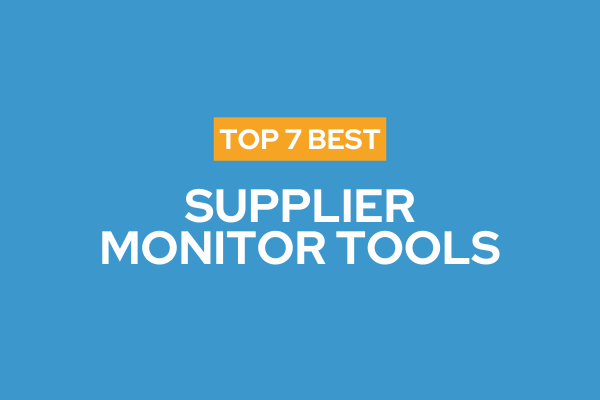
Compare the top supplier monitoring tools of 2025 and find the right software to enhance supplier visibility and protect your supply chain.

Discover the top 8 cybersecurity software solutions that protect against evolving threats while enhancing enterprise compliance and resilience.
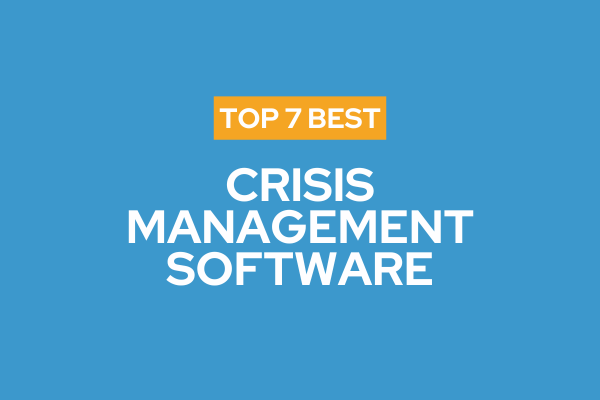
Compare the top 7 crisis management software—tools that centralise response, speed communication, automate workflows, and improve audit-ready reporting.

Explore the top 7 resilience analytics and simulation tools that help organisations predict disruptions, ensure compliance, and strengthen recovery readiness.
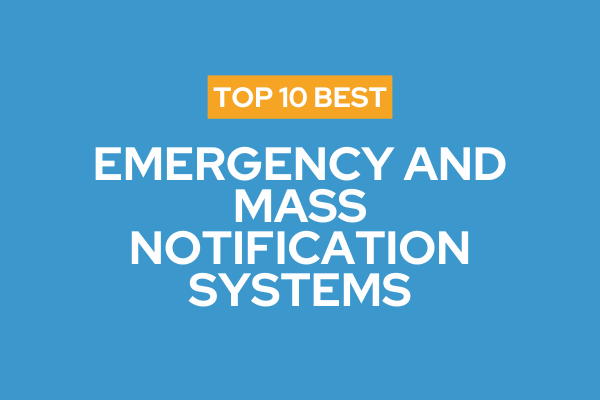
Discover the top 10 Emergency & Mass Notification Systems for 2025—features, use cases and benefits to speed alerts, protect people and maintain continuity.
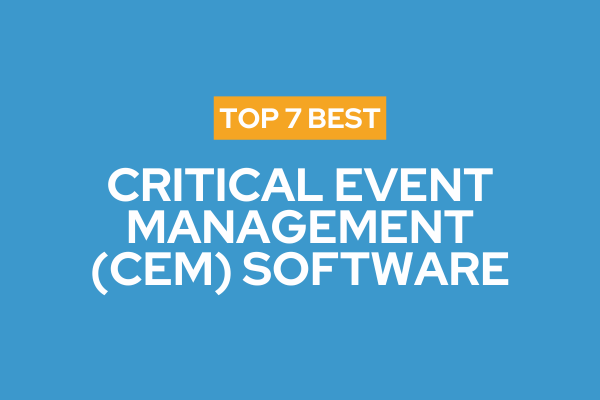
Compare the top 7 CEM software platforms for 2025—tools that detect threats, automate alerts, coordinate response, and keep people and operations safe.
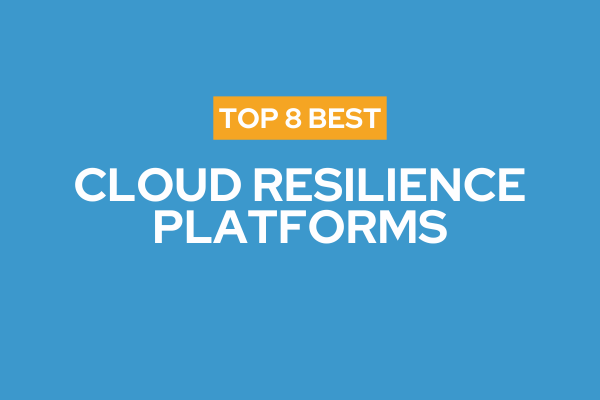
Discover the top 8 cloud resilience platforms that unite recovery, automation, and visibility to boost operational resilience and reduce risk.

Discover the top 8 Disaster Recovery as a Service (DRaaS) solutions—features, benefits and use cases to cut downtime, minimise data loss and meet compliance.